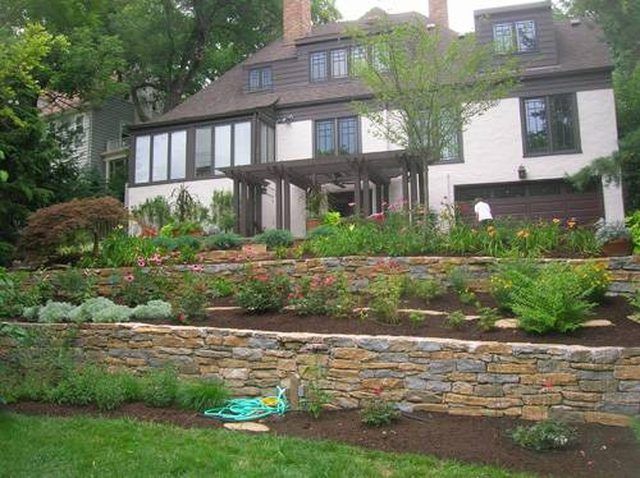Bulbs
Flower Basics
Flower Beds & Specialty Gardens
Flower Garden
Garden Furniture
Garden Gnomes
Garden Seeds
Garden Sheds
Garden Statues
Garden Tools & Supplies
Gardening Basics
Green & Organic
Groundcovers & Vines
Growing Annuals
Growing Basil
Growing Beans
Growing Berries
Growing Blueberries
Growing Cactus
Growing Corn
Growing Cotton
Growing Edibles
Growing Flowers
Growing Garlic
Growing Grapes
Growing Grass
Growing Herbs
Growing Jasmine
Growing Mint
Growing Mushrooms
Orchids
Growing Peanuts
Growing Perennials
Growing Plants
Growing Rosemary
Growing Roses
Growing Strawberries
Growing Sunflowers
Growing Thyme
Growing Tomatoes
Growing Tulips
Growing Vegetables
Herb Basics
Herb Garden
Indoor Growing
Landscaping Basics
Landscaping Patios
Landscaping Plants
Landscaping Shrubs
Landscaping Trees
Landscaping Walks & Pathways
Lawn Basics
Lawn Maintenance
Lawn Mowers
Lawn Ornaments
Lawn Planting
Lawn Tools
Outdoor Growing
Overall Landscape Planning
Pests, Weeds & Problems
Plant Basics
Rock Garden
Rose Garden
Shrubs
Soil
Specialty Gardens
Trees
Vegetable Garden
Yard Maintenance
Best Ways to Landscape a Hillside
Best Ways to Landscape a Hillside. The success of hillside landscaping depends on a number of factors, including the steepness of the hill, soil type and budget constraints. The number one goal when landscaping a hill is to stop water run-off or erosion. Follow these tips and strategies to stop this problem while adding to the aesthetic appeal of...

The success of hillside landscaping depends on a number of factors, including the steepness of the hill, soil type and budget constraints. The number one goal when landscaping a hill is to stop water run-off or erosion. Follow these tips and strategies to stop this problem while adding to the aesthetic appeal of the yard.
Things You'll Need
Ground covers
Shrubs
Perennials
Boulders
Hardscape contractor
Adding plants to a hillside is one of the easiest (and cheapest) ways to beautify your yard while cutting back on erosion. You can purchase a variety of "erosion-friendly" plants at a local nursery or home improvement store. Such plants include ground covers, shrubs and perennials.
Cover the hill liberally with the plants listed in Step 1 and fill the spaces between the plants with triple-shredded root mulch. Be sure to dig holes large enough to accommodate the root balls of your plants to ensure proper growth. Similarly, you may want to use compost manure, fertilizer or top soil to stimulate the roots if you are working with less than adequate soil, such as clay or sand.
Scatter boulders and large rocks along the hillside, especially between gaps in the plants. Dirmly secure the rocks in the ground, as they too can run-off and cause damage in the event of a rain storm.
If you are dealing with a very steep hill, hardscaping will generally put an end to the problem of erosion. With the help of a contractor, you can create terraces using retaining walls that break up the hill into flat, manageable layers. This is obviously the most effective (and visually pleasing way) to landscape a hillside, but it's also the most expensive. Depending on the size of the hill, such work could cost in excess of $15,000.